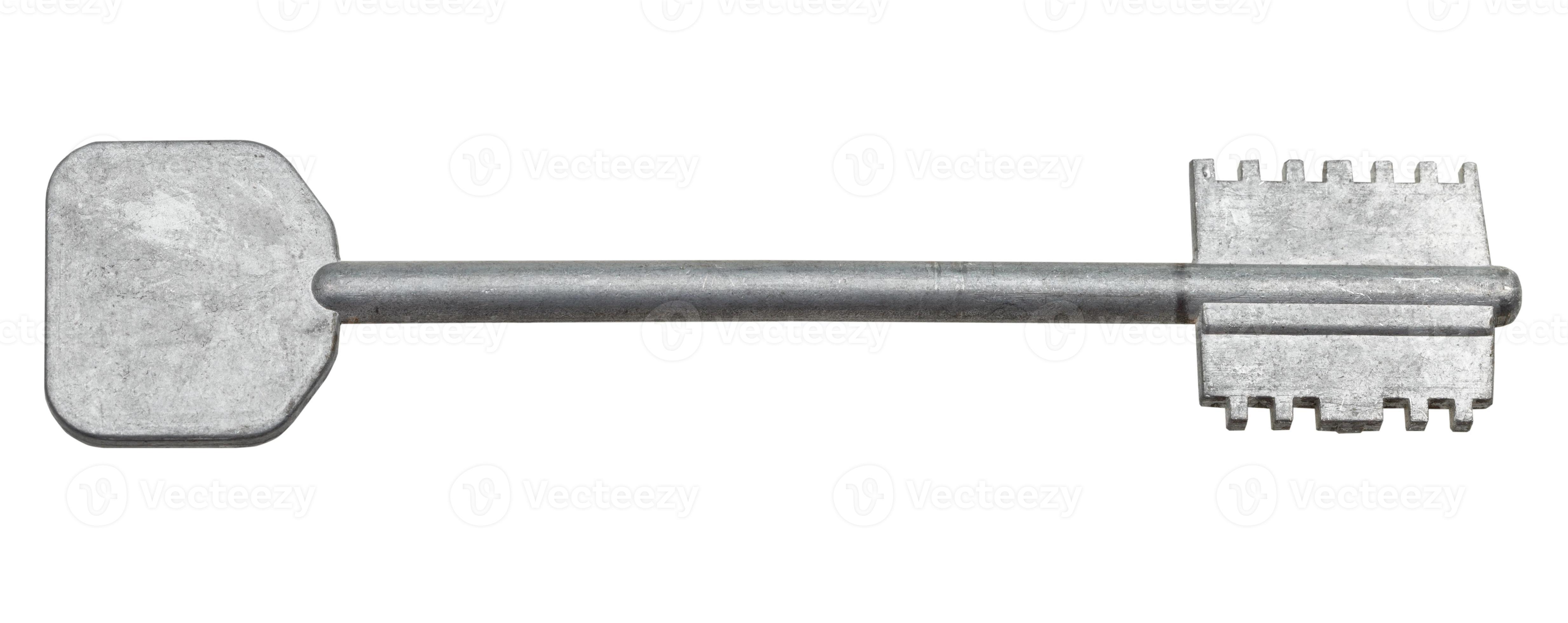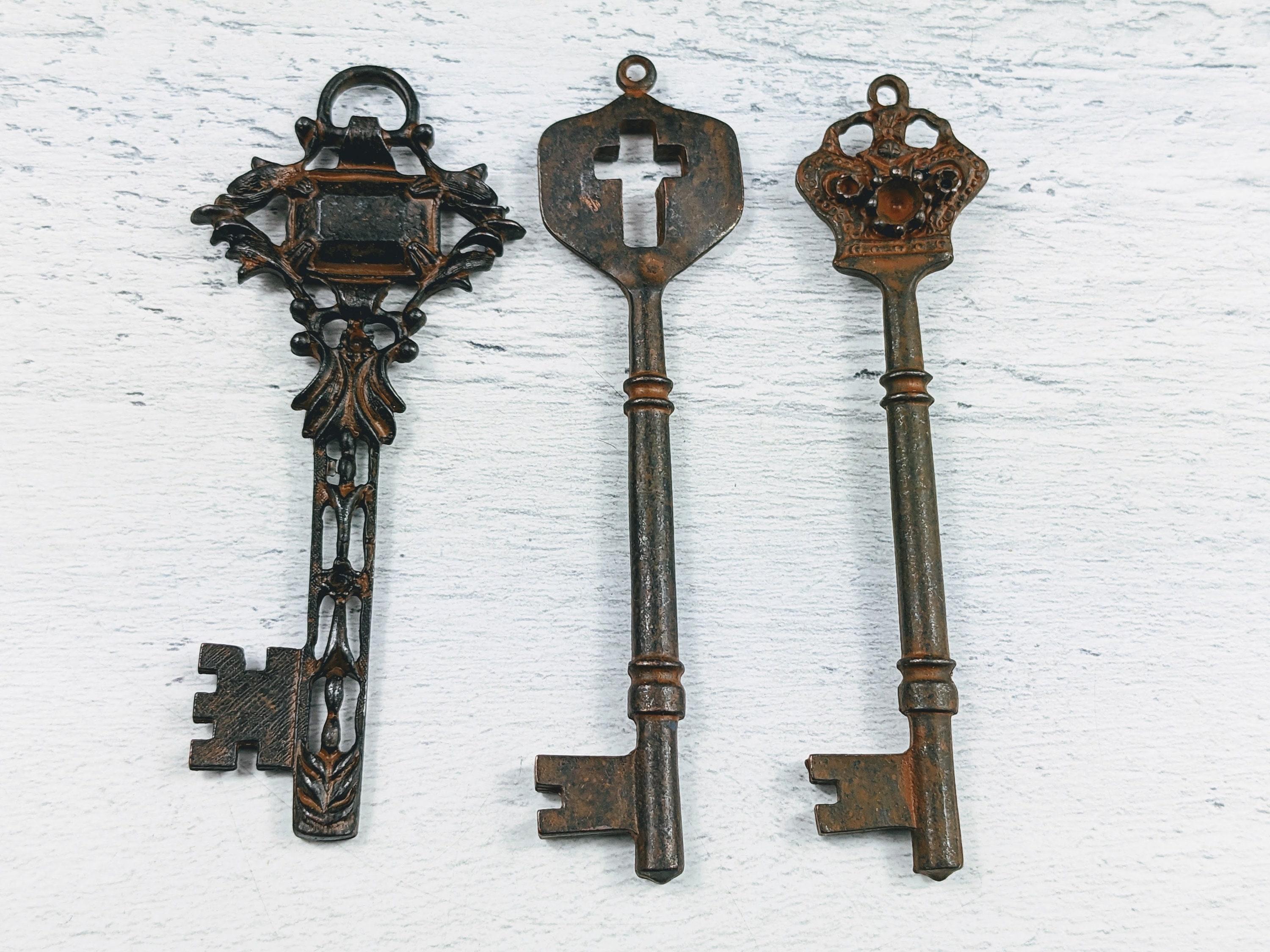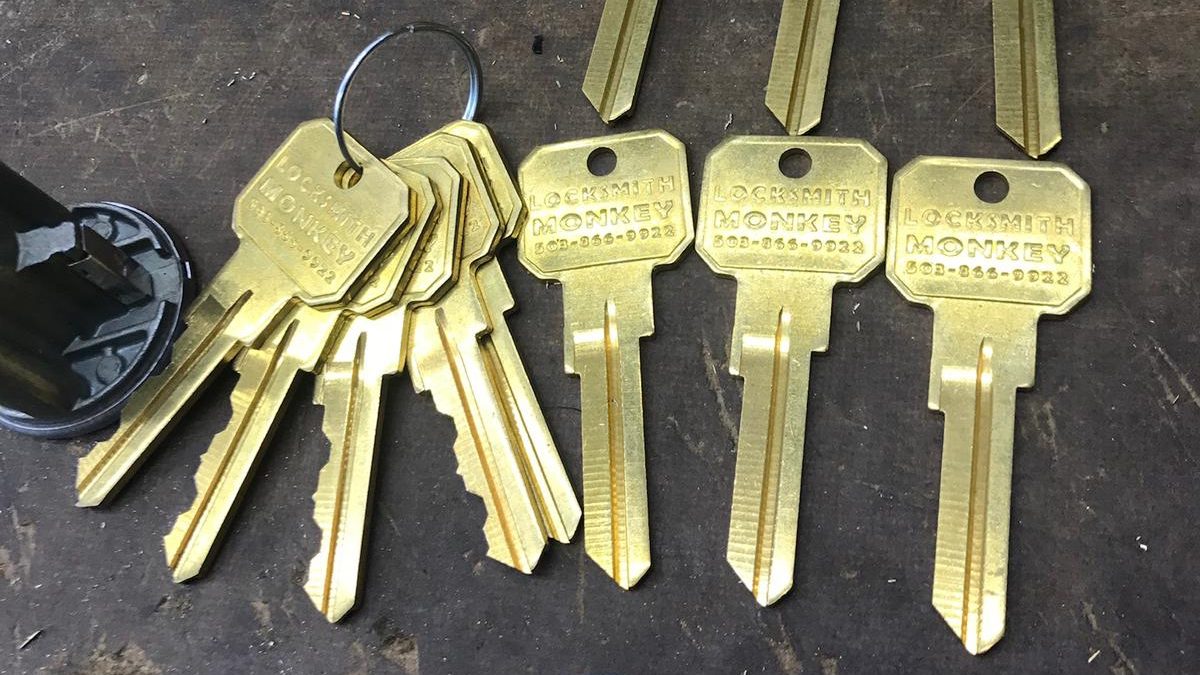
Keys are a fundamental part of daily life, providing access to our homes, vehicles, safes, and more.
While most people are familiar with house and car keys, numerous other types of keys are designed for specific purposes, each offering varying levels of security.
From traditional mechanical keys like the skeleton key to modern innovations such as biometric and smart keys, understanding the different types can help you make informed decisions about security and access control.
This guide explores 25 key types, their uses, and their unique features.
Explore Different Types of Keys
1. House Key

The house key is one of the most common, typically used to lock and unlock residential doors.
These keys are cut to fit specific pin-and-tumbler locks found in most homes.
House keys are usually made of metal and are easy to duplicate, though modern homes may incorporate more advanced locking systems like smart locks.
- Use: Provides access to residential doors.
- Design: Single-sided with grooves that match the lock’s pins.
- Common Material: Metal, usually brass or steel.
2. Car Key
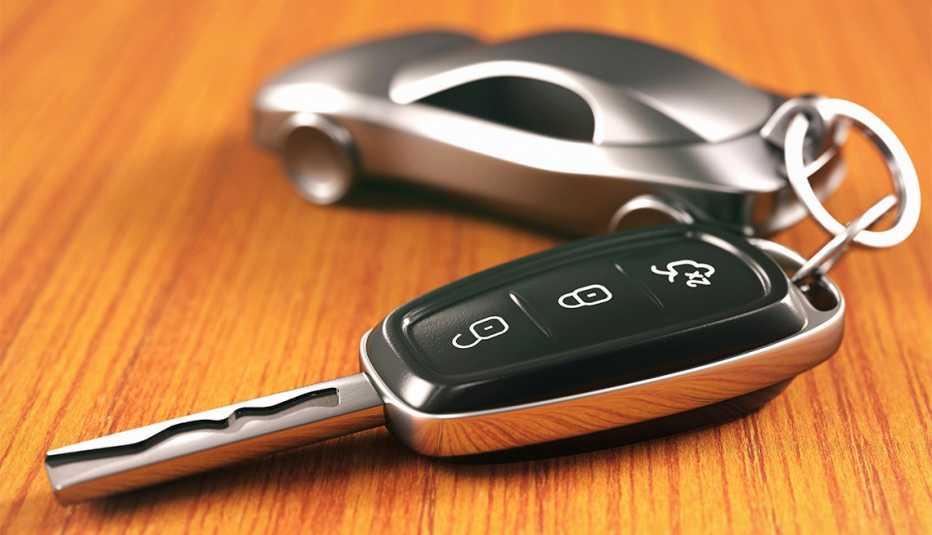
Car keys are specially designed to operate the ignition, doors, and sometimes the trunk of a vehicle.
Modern car keys often include electronic components for keyless entry and ignition.
Some keys may also contain a transponder chip to prevent theft.
- Use: Unlocks and starts a car.
- Design: Traditionally metal with grooves, but modern versions often have buttons for remote entry.
- Features: Some include electronic chips for additional security.
3. Transponder Key
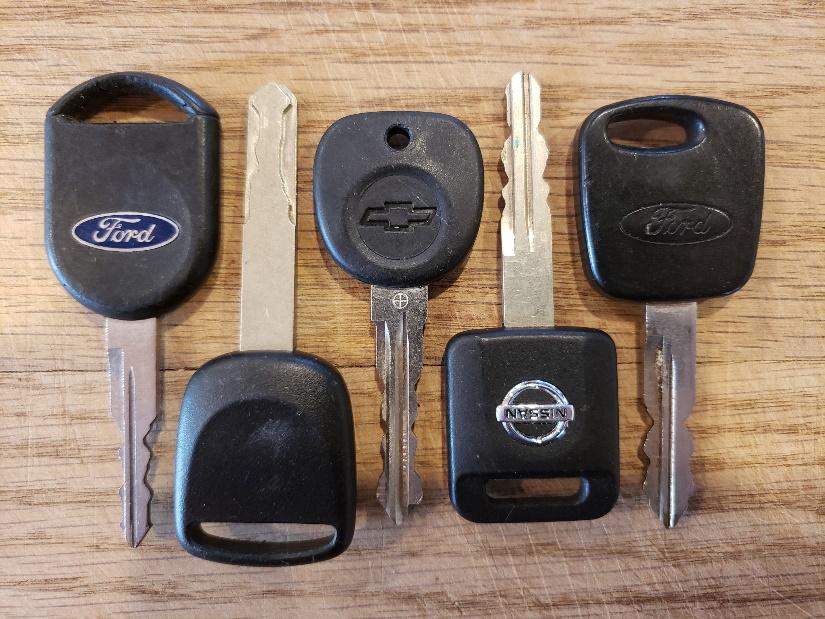
A transponder key is an advanced car key with a microchip that communicates with the ignition system.
The car will only start if the key’s chip transmits the correct signal.
This technology enhances security, as it makes hot-wiring or duplicating the key more difficult.
- Use: Starts the car and provides enhanced anti-theft protection.
- Design: Contains a chip embedded within a plastic casing.
- Feature: Transmits a unique signal to the car’s computer system.
4. Smart Key
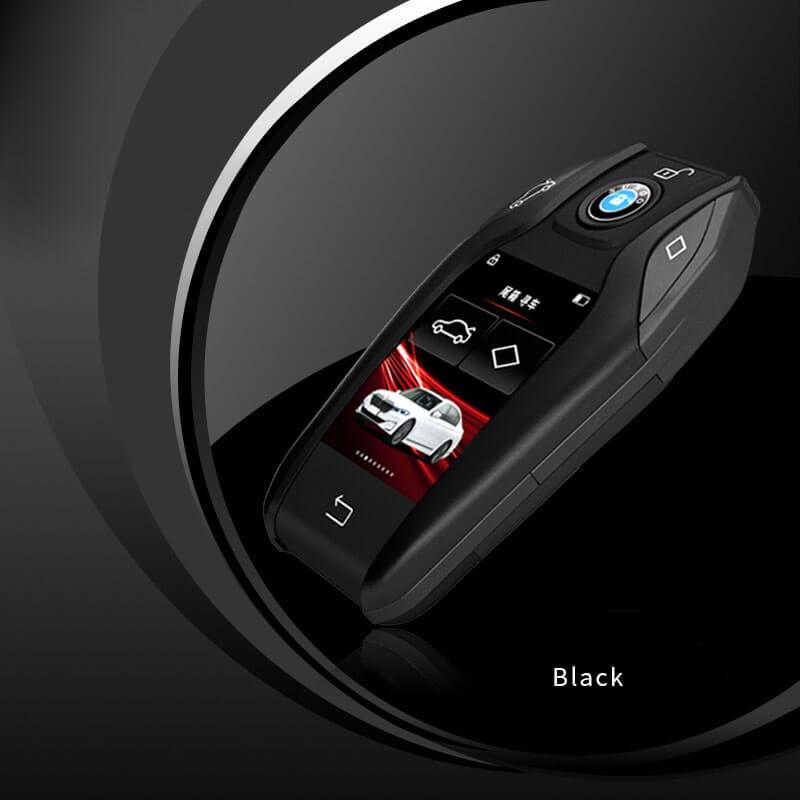
A smart key is a modern, keyless entry device allowing drivers to unlock and start their vehicles without using a traditional key.
The smart key works through proximity sensors, so the car unlocks automatically when the key fob is near. It also enables push-button ignition.
- Use: Provides keyless entry and ignition for vehicles.
- Design: Small fob that communicates wirelessly with the car.
- Feature: Enables hands-free entry and starting.
5. Master Key
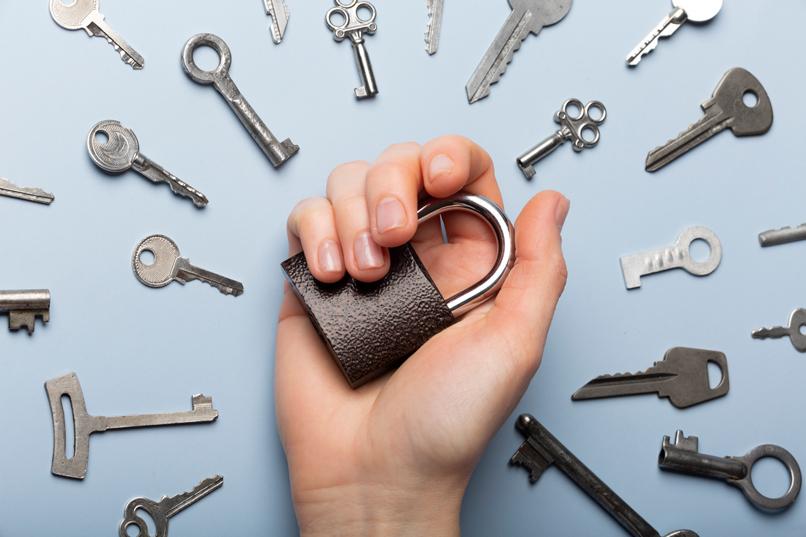
A master key is designed to open multiple locks within a system, typically in large buildings or complexes.
While each lock may have its key, the master key can unlock all.
This system is commonly used in hotels, schools, and office buildings so that authorized personnel can have easy access.
- Use: Opens multiple locks within a specific system.
- Design: Works with specially designed pin-tumbler locks.
- Feature: Provides convenience for managing large properties.
6. Skeleton Key
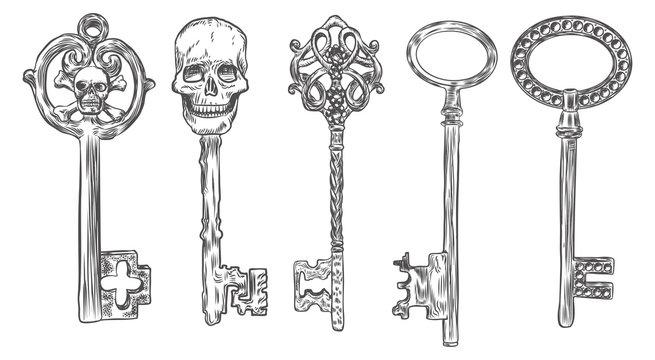
A skeleton key is an old-fashioned key designed to open many locks by manipulating the mechanism inside.
These keys are often associated with antique furniture or old buildings.
The “skeleton” part refers to the key’s simple, pared-down design that allows it to work on multiple locks with similar mechanisms.
- Use: Opens multiple locks, often used for older lock systems.
- Design: Simple design with a single, flat blade.
- Feature: Fits into various older locks, typically for furniture or antique doors.
7. Double-Sided Key
A double-sided key has two sets of grooves or teeth on either side of the key blade, which provides added security.
These keys are commonly used in higher-security lock systems, such as residential or commercial doors, where greater protection is needed.
- Use: Unlocks doors with double-sided pin-tumbler mechanisms.
- Design: Two sets of grooves on both sides of the key.
- Feature: Offers enhanced security compared to single-sided keys.
8. Tubular Key
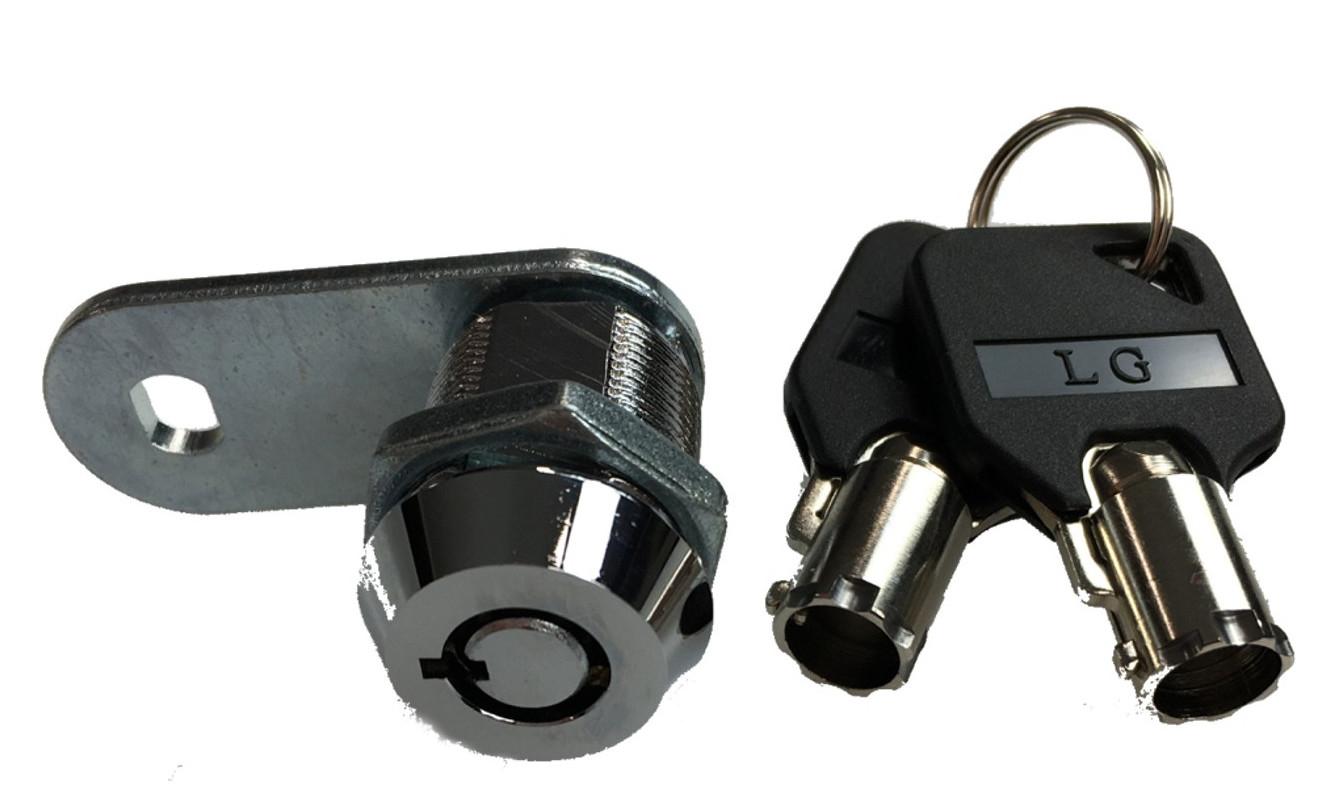
Tubular keys are cylindrical and used in tubular pin-tumbler locks, often found in vending machines, bicycles, and certain security systems.
The key has cuts around its outer edge, corresponding to pins inside the lock.
This design makes tubular locks more resistant to picking.
- Use: Used for vending machines, bicycle locks, and other secure systems.
- Design: Cylindrical with cuts around the outer edge.
- Feature: Harder to pick than traditional flat keys.
9. Paracentric Key
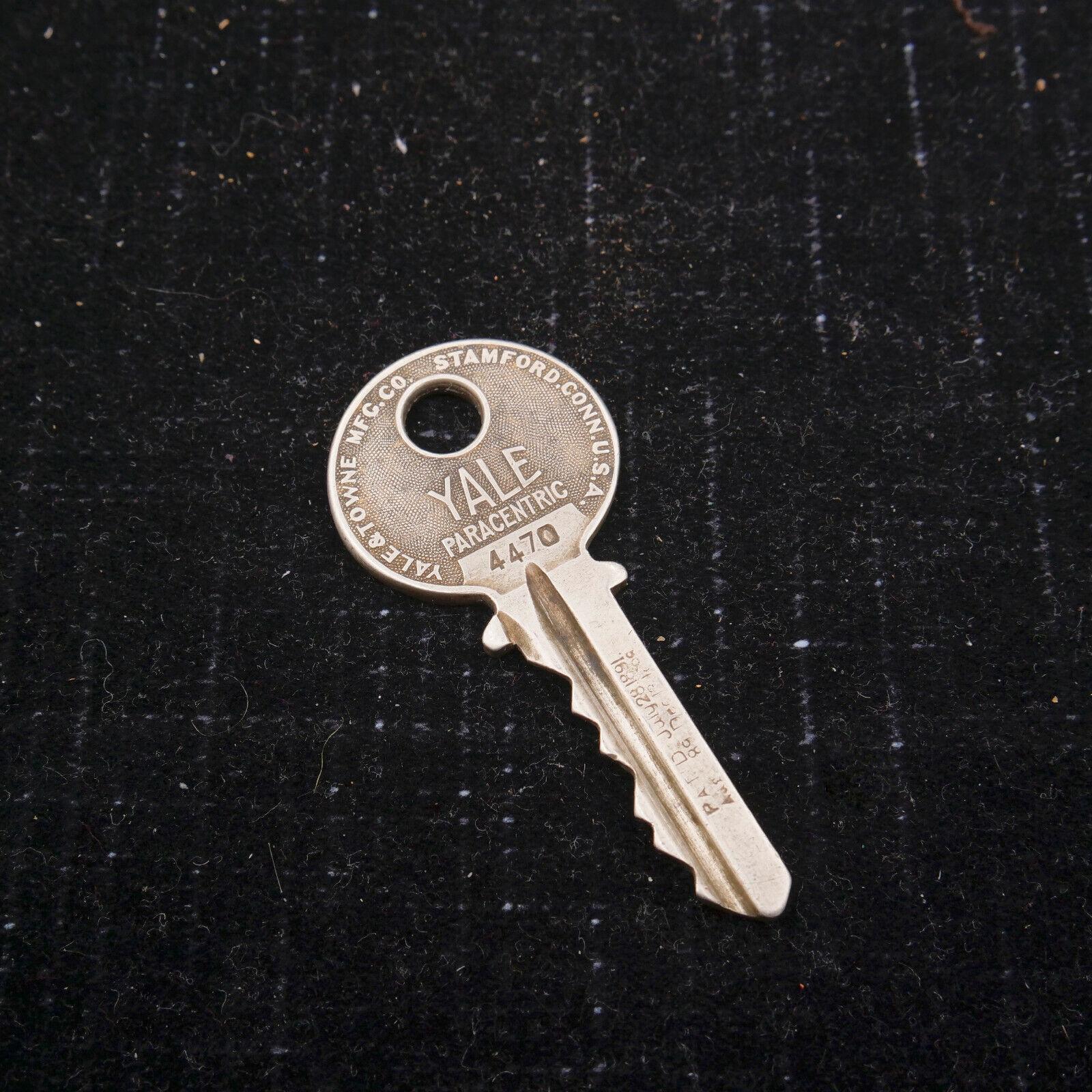
A paracentric key is used for locks with a paracentric mechanism, where the keyway is designed to make picking more difficult.
These keys are often used in high-security applications such as prison cells and secure areas of buildings.
The paracentric design includes a complex keyway that requires precise alignment.
- Use: High-security locks, often in prisons or government buildings.
- Design: Complex keyway with offset cuts.
- Feature: Difficult to pick, offering higher security.
10. Dimple Key
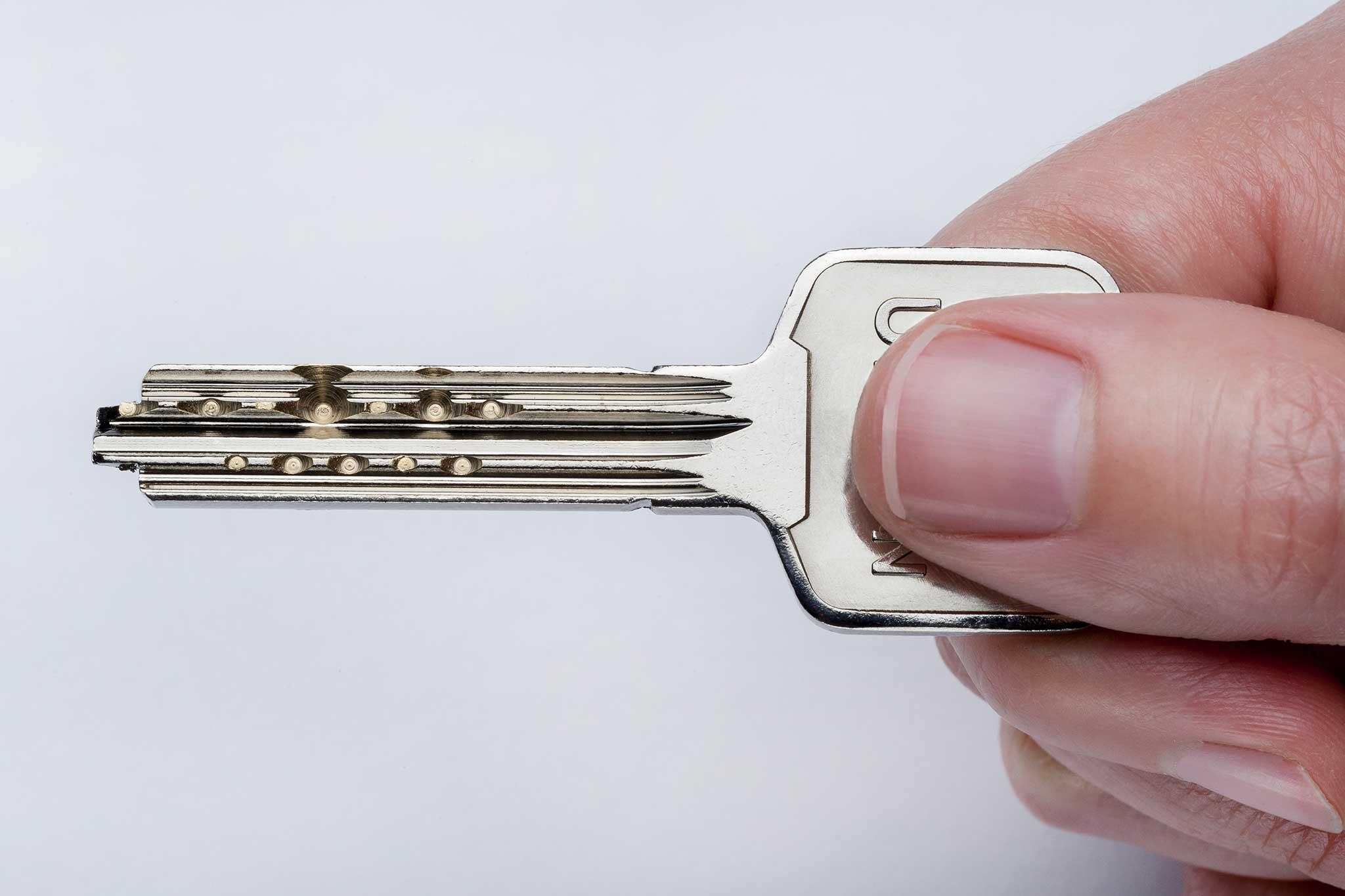
Dimple keys have a series of dimples (small holes) drilled into the key blade rather than the traditional grooves.
The corresponding lock contains pin-tumblers that align with these dimples.
Because of their unique design, dimple locks and keys are considered more secure than traditional locks.
- Use: Secure residential and commercial locks.
- Design: Features dimples on the blade instead of grooves.
- Feature: Provides better security due to the lock’s complexity.
11. Padlock Key
Padlock keys unlock padlocks, which are portable locks often used to secure gates, lockers, and storage units.
These keys are typically simple in design and correspond to the internal pin-tumbler mechanism of the padlock.
Padlocks come in various sizes, and the corresponding keys are designed to fit specific models.
- Use: Unlocks padlocks for gates, lockers, and storage.
- Design: Usually small with a basic grooved blade.
- Feature: Designed to match a specific padlock’s mechanism.
12. Magnetic Key
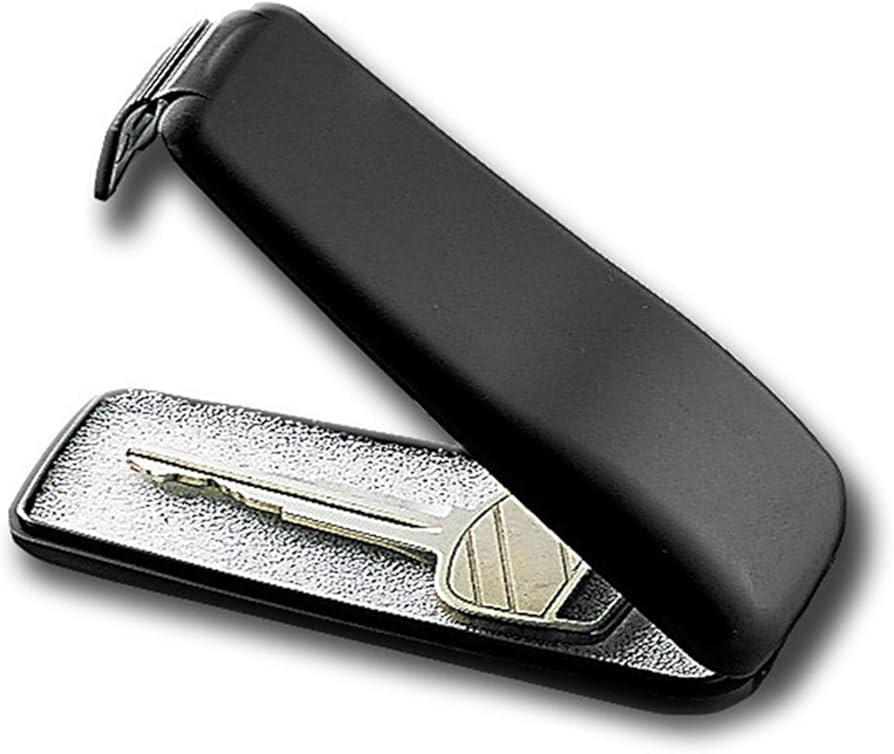
Magnetic keys operate magnetic locks, which use magnetic forces to secure or unlock doors.
The key contains a magnetic strip or a set of magnetic pins that interact with the lock mechanism.
These are often used in modern security systems where physical contact isn’t required to unlock the door.
- Use: Unlocks magnetic locks in modern security systems.
- Design: Contains magnetic strips or pins.
- Feature: Provides contactless access and enhanced security.
13. Card Key
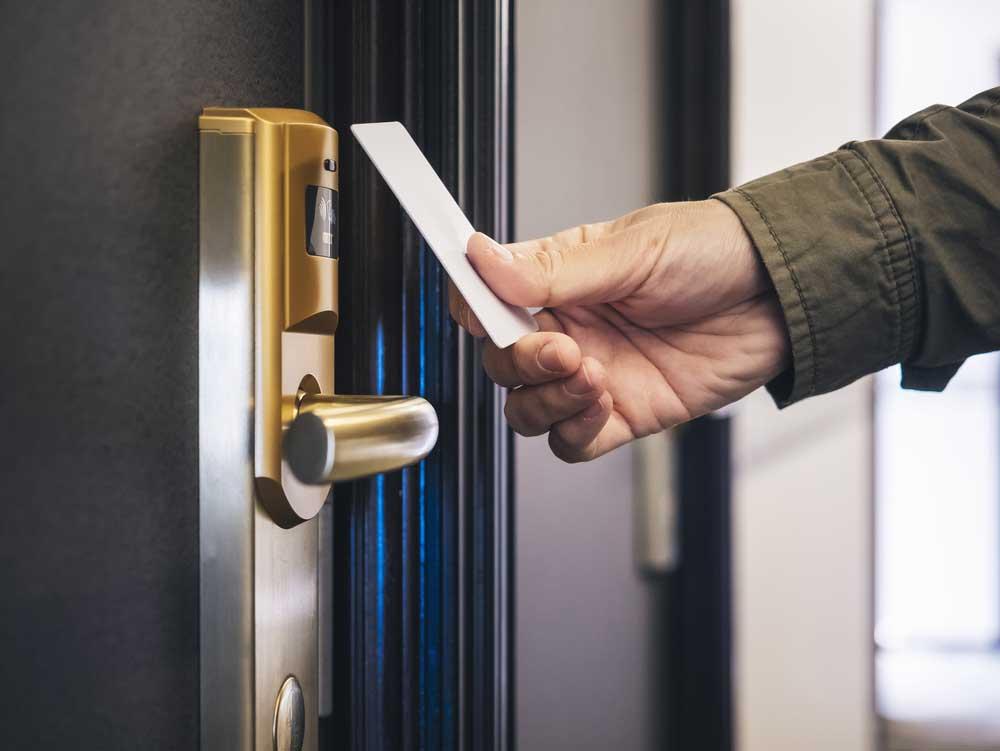
Card keys are commonly used in hotels and offices.
A plastic card embedded with a magnetic stripe or chip provides access.
The card is swiped or inserted into a reader, which grants access based on the encoded information.
Card keys are convenient and often used in systems where access can be easily updated.
- Use: Grants access to hotel rooms, office buildings, and restricted areas.
- Design: Flat, plastic card with a magnetic stripe or embedded chip.
- Feature: Access can be easily managed or updated electronically.
14. Chip Key
A chip key, also known as a transponder key, includes a microchip embedded in the plastic part of the key.
It transmits a signal to the car’s engine control unit, ensuring the vehicle can only be started with the correct key.
Chip keys are a common anti-theft feature in modern cars.
- Use: Starts cars with a built-in transponder system.
- Design: Key with an embedded microchip in the handle.
- Feature: Enhances security by transmitting a unique signal to the car’s engine.
15. Lever Key
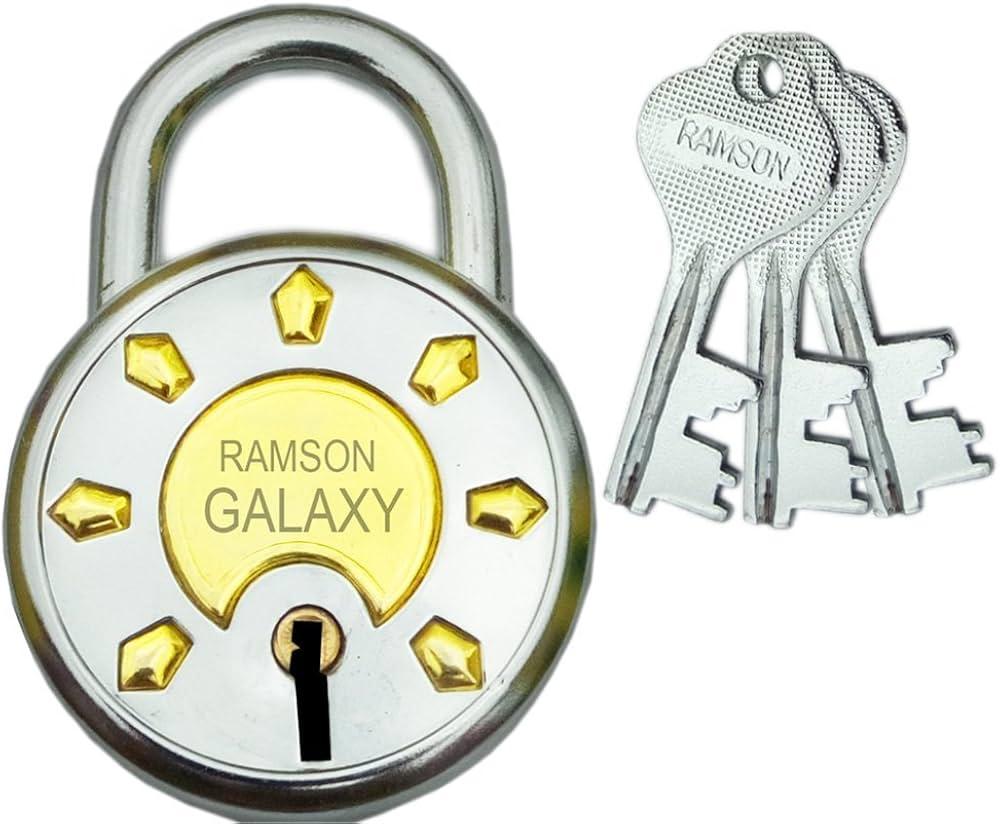
Lever keys operate lever locks, commonly found in safes, cabinets, and older buildings.
These keys have a long, thin blade with notches corresponding to the lock’s levers.
Lever locks are more secure than basic pin-tumbler locks, and the corresponding keys are designed for heavy-duty use.
- Use: Unlocks safes, cabinets, and doors with lever locks.
- Design: Long, thin blade with notches for each lever.
- Feature: Offers higher security, especially for safes and cabinets.
16. Cruciform Key
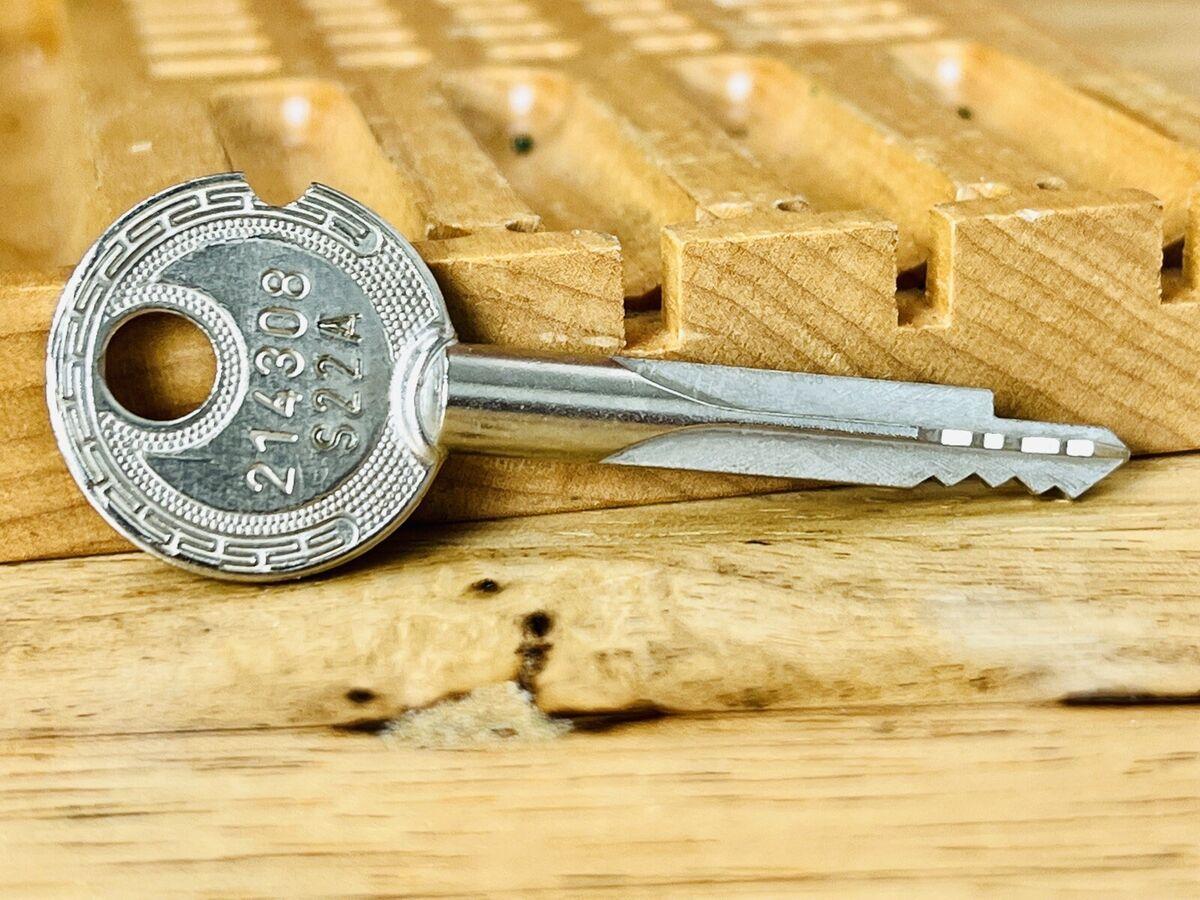
A cruciform key has a unique, cross-shaped design.
It is used in cruciform locks, which are commonly found in vending machines, elevators, and high-security cabinets.
The key features four sides with grooves corresponding to the pins inside the lock, providing enhanced security and resistance to picking.
- Use: Unlocks vending machines, elevators, and security cabinets.
- Design: Cross-shaped with grooves on four sides.
- Feature: Offers higher security due to its complex design.
17. Abloy Key
Abloy keys are used in disc tumbler locks, which are highly secure and difficult to pick.
These keys have a unique rotating disc mechanism instead of traditional pins and tumblers.
Abloy locks and keys are commonly used in high-security applications like banks and government buildings.
- Use: High-security locks for banks, government buildings, and safes.
- Design: Rotating discs inside the lock that align with cuts on the key.
- Feature: Extremely difficult to pick due to the rotating disc mechanism.
18. Restricted Key

Restricted keys are designed to prevent unauthorized duplication.
These keys are often used in commercial buildings and high-security areas where access control is essential.
Only authorized locksmiths or key holders can duplicate restricted keys, ensuring tighter control over who has access to certain areas.
- Use: Provides controlled access in commercial or high-security areas.
- Design: Specially cut with unique profiles that prevent easy duplication.
- Feature: Only authorized duplication, enhancing security.
19. VAT Key (Vehicle Anti-Theft)
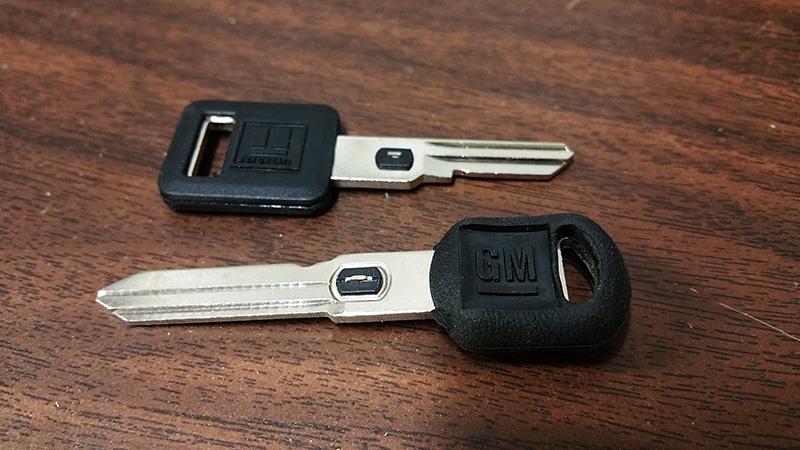
The VAT (Vehicle Anti-Theft) key has a built-in resistor chip communicating with a car’s ignition system.
If the system detects that the resistor value does not match the car’s specifications, the vehicle won’t start.
This added layer of security helps to prevent vehicle theft.
- Use: Prevents unauthorized vehicle ignition.
- Design: Key with a built-in resistor chip.
- Feature: Enhances security by preventing ignition unless the resistor value matches the car’s specifications.
20. Furniture Key
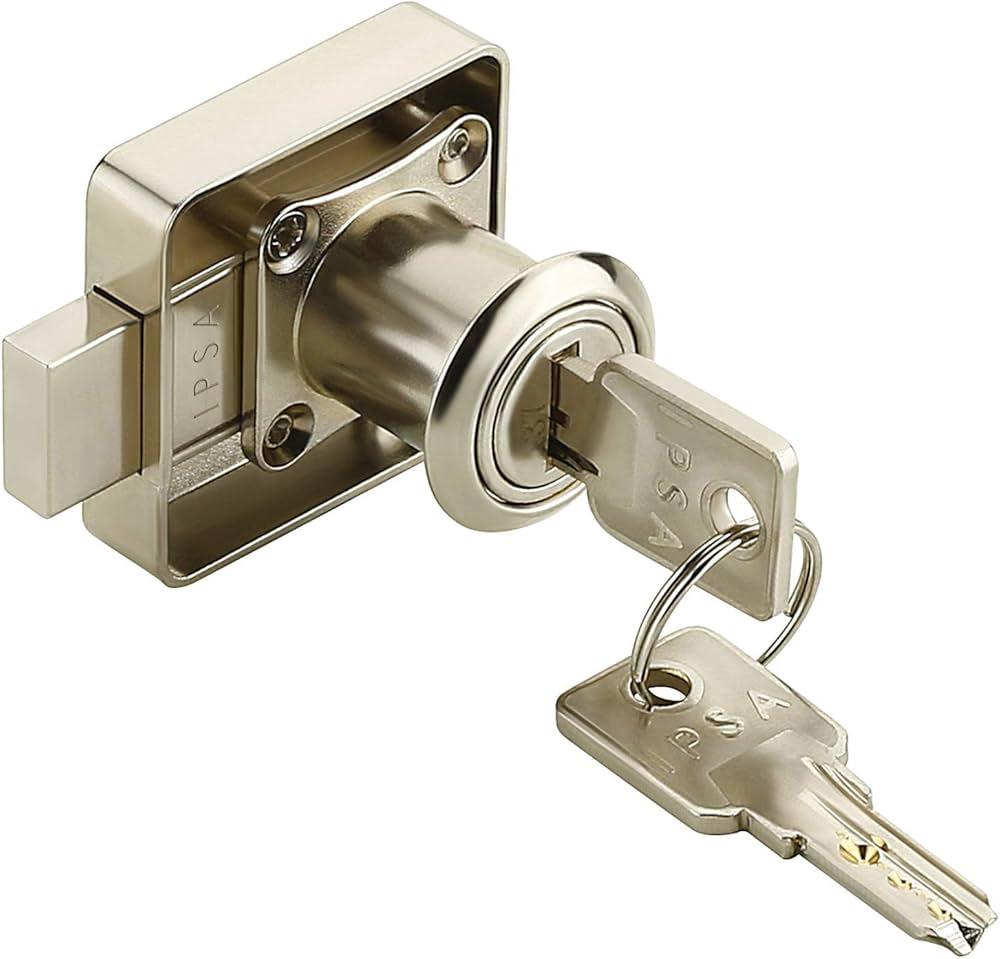
Furniture keys are small, intricately designed keys that lock and unlock antique furniture, such as desks, cabinets, and wardrobes.
These keys are often skeleton-style, with simple designs that fit the specific locks of older furniture pieces.
- Use: Unlocks antique furniture such as desks and cabinets.
- Design: Typically small with a skeleton-style design.
- Feature: Used in antique or specialty furniture with older lock mechanisms.
21. Safe Key
Safe keys are designed to unlock safes, which protect valuable items and documents.
These keys are typically long and feature a complex set of notches or grooves corresponding to the levers or tumblers inside the safe’s locking mechanism.
Safe keys provide an additional layer of security to ensure only authorized access.
- Use: Unlocks safes for secure access to valuables.
- Design: Long with intricate notches to match the safe’s locking mechanism.
- Feature: Provides high-level security for safes and vaults.
22. Biometric Key (Fingerprint)
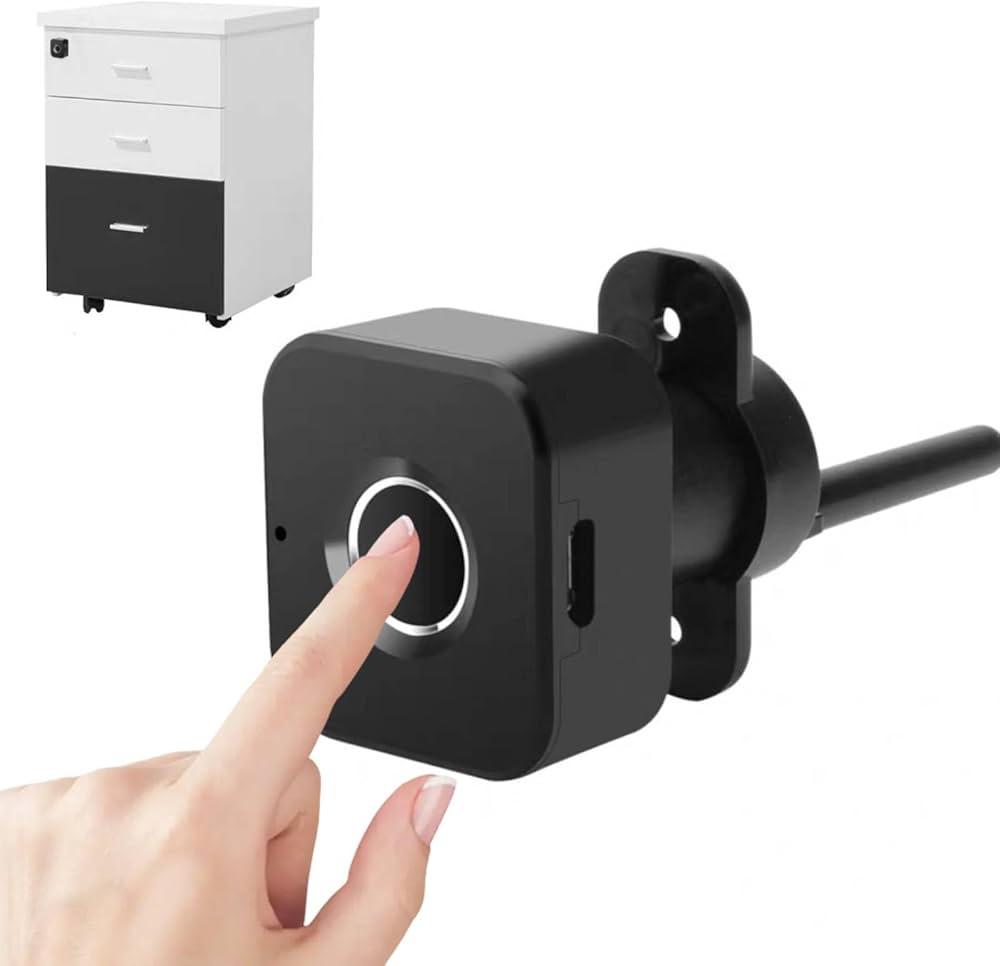
Biometric keys are part of advanced security systems that rely on fingerprint recognition instead of traditional mechanical keys.
These systems only scan a fingerprint and grant access when the biometric data matches the stored information.
Biometric keys are becoming more popular for high-security areas and personal safes.
- Use: Unlocks doors or safes using fingerprint recognition.
- Design: No physical key; access is granted via biometric data.
- Feature: Offers advanced, keyless security with biometric identification.
23. Key Fob
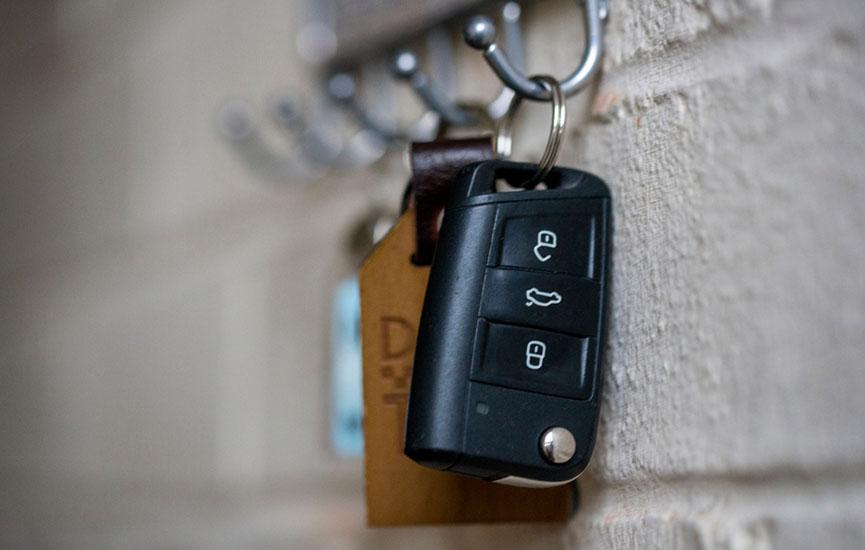
A key fob is a small electronic device to unlock and start vehicles or wirelessly access buildings.
It typically includes buttons for remote locking, unlocking, and sometimes starting the engine.
Key fobs are commonly used in modern cars, offering a convenient and secure way to access the vehicle.
- Use: Provides keyless access to vehicles or buildings.
- Design: Small, portable device with buttons for remote control.
- Feature: Wireless access and remote starting capabilities for cars or secured areas.
24. Skeleton Key
A skeleton key is an old-fashioned key designed to unlock various locks by bypassing the internal mechanisms.
These keys are often associated with antique furniture, old buildings, and traditional locking systems, providing access where more modern keys wouldn’t fit.
- Use: Opens multiple types of older locks.
- Design: Simple blade design with a basic tooth to manipulate the lock.
- Feature: Universally opens various locks with similar mechanisms.
25. Ward Key

Ward keys are used in warded locks, which have obstructions inside the lock that the key must bypass.
These keys have specific grooves that match the wards inside the lock, allowing only the correct key to turn the mechanism.
Ward locks and keys are less common today but can still be found in some antique furniture or historical buildings.
- Use: Unlocks warded locks, often found in antique furniture.
- Design: Grooved to match the wards inside the lock.
- Feature: Provides security by matching the internal wards of the lock.
Final Thoughts
From traditional house keys to advanced biometric and smart keys, the world of keys is as varied as it is essential to modern security.
Each key type offers convenience and security, catering to different applications—from securing homes and vehicles to protecting valuables in safes.
As technology advances, so does how we access and protect our belongings, ensuring that key designs continue evolving with our needs.
Understanding the different types of keys available helps you choose the best solution for your security needs.

